All about beet seedlings
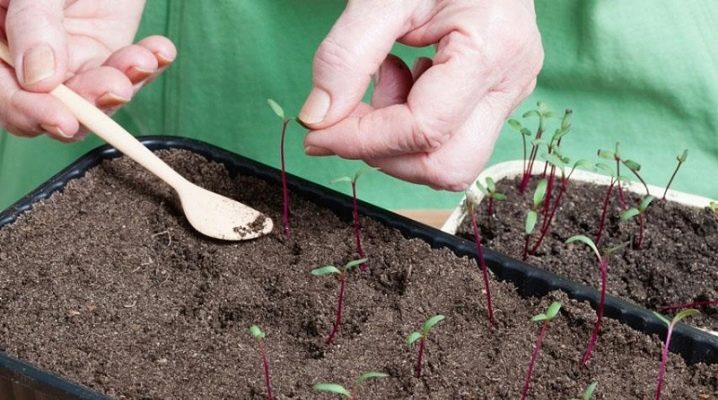
Beets are not grown as often for seedlings. But this method is perfect if you want to get early vegetables. However, it should be borne in mind that growing beets using the seedling method is not so easy. Therefore, you need to find out in advance all aspects of the process.

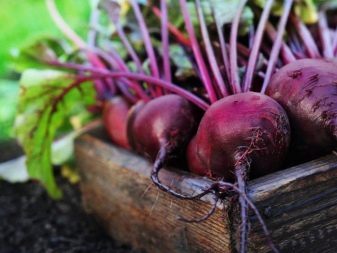
Growing
Getting seedlings from beet seeds consists of several successive stages. It is worth dwelling on each of them in more detail.
Seed preparation
The seed should be of high quality, it should be bought only from trusted suppliers. Choose varieties that are regionalized for your region. And you can also collect the material yourself if you have grown beets before. Next, the grains should be prepared.
- Germination test... The seeds are immersed in a solution of salt and water for a couple of minutes. Instances that have risen to the surface are thrown away - they are empty.
- Disinfection... Make a weak manganese solution and soak the seeds in it for 15 minutes. Then take it out and put it in clean water for 5 hours.
- Stimulation... In order for the seeds to sprout well, it will be useful to stimulate their growth. Buy any stimulant (for example, "Epin") and put the clock material there for 6. Then wash and dry well.
- Germination... The grain must be germinated before planting. Take a wide container, put cheesecloth on the bottom. Moisten, place the seeds on top and cover them with a second damp cloth.
Place the dish in a room with a temperature of 20-23 degrees and keep an eye on the humidity. The appearance of sprouts is a signal for planting.


Selection of soil and containers
Beets love loose soil without excessive acidity. It is recommended to buy it in gardening stores. If you take soil from your garden, then you need to disinfect it. With self-selection of soil, sod, garden soil, humus, sand and wood ash are used. As for containers, you can take plastic cups, pots, as well as plastic boxes or troughs. It is better not to use containers made of wood.
Before planting, the container is washed and treated with antiseptics.
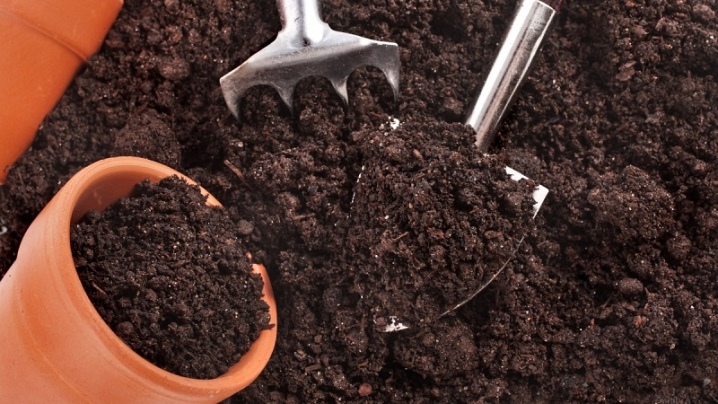
Sowing
You can sow grains both in separate cups and in common containers. The first option is more popular, because then it is easier to transplant the seedlings, and it also does not need to be dived. It's great if the glass is also peaty. Regardless of the type of container, drainage holes are made in it and a drainage layer is laid. Then the substrate is placed, watered well. Dig holes 2 cm deep, lay seeds there, cover them with soil and spray from a spray bottle. And you can also plant grains in the grooves. A film is placed on top of the container.
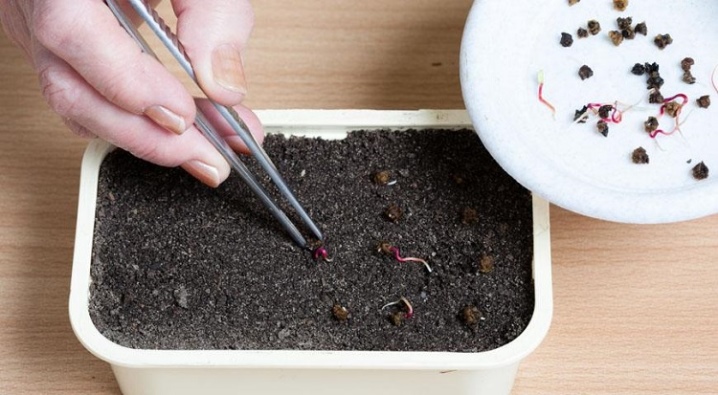
Conditions
Seedlings need to be grown properly so that later they will turn into healthy, strong plants. The beets will have to be well lit daily, at least 12 hours... Purchase phyto-luminaires if needed. The shelter is slightly opened every day for a quarter of an hour to ventilate the plantings. Removing it is carried out after the emergence of sprouts. It is very important to provide the beets with optimal moisture. Water the soil as it dries; it should always be slightly damp. Tap water first needs to be defended for at least half a day. Until the seeds germinate, keep the room temperature at 21 degrees, and after sprouting, reduce to 17.
It is equally important to carry out timely feeding. When the first two leaves are formed, the seedlings are spilled with a diluted chicken.After the dive, one more top dressing is carried out and here it will already be necessary to use purchased mixtures of minerals. You cannot be zealous with feeding: overfed seedlings will grow even worse. Sometimes in the process of growing seedlings at home, gardeners can face difficulties. For example, beginners are interested in what to do if the sprouts are stretched out. This happens in cases where the plants have little light. It is necessary to transplant the shoots into deeper containers and dig in higher ground, as well as add lighting.
If the seedlings turn red, then this is already a more serious problem. Red leaves are common in acidic soils. And they also acquire a brown tint if the gardener over-irrigates the sprouts. It is necessary to establish an irrigation regime. If, in addition to the redness of the foliage, the beets grow poorly or do not grow at all, it means that they lack some substances. These are mainly phosphorus, manganese, sodium, potassium. Complex mineral dressing.
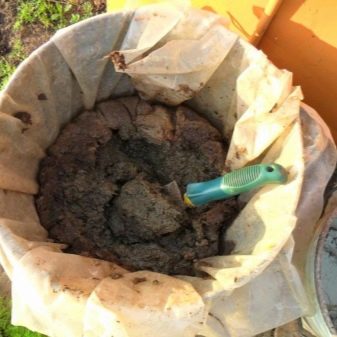
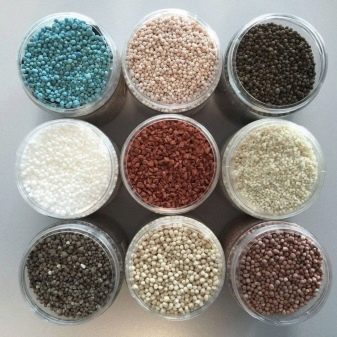
Disembarkation dates
The seedlings themselves are planted at home in the spring, but the exact dates are quite difficult to determine, since they depend on the climate of the region and the characteristics of the spring itself. Beets are not a particularly cold-resistant crop, they are afraid of frost, so the timing must be calculated correctly... The first thing they pay attention to is pick... If the seedlings are grown without it, then they will need to be transplanted into the open ground after three weeks, otherwise the sprouts will stretch out and outgrow. If the picking is part of the cultivation, then the transplant is carried out in a month and a half.
From this, summer residents need to make a start. Transplanting sprouts is carried out when a stable heat is established outside... The soil should be at least 10 degrees Celsius. The seedlings cannot withstand lower rates: they slow down their growth and die. Usually, the conditions described come in May, but you still need to focus on your region.
If you know that your springs are cold, you should not rush to sow seedlings. It is better to plant a little later, adding a week to the estimated dates, than to lose the entire crop.

Preparing for transplant
Usually, there are no special methods for preparing seedlings for transplantation. You only need to pay attention to two points: picking and hardening. Picking is a mandatory process for seedlings that grow in common containers. And for those sprouts that are in separate cups, it can be carried out. The fact is that several sprouts grow from one seed at once, so you will have to thin out the plantings. A picking involves the transplantation of individual shoots. Prepare containers in advance, fill them with substrate. Then thin out the plantings by choosing the strongest shoots. Gently pry them off with a spatula and transplant, you do not need to trim the roots. The distance between the sprouts should be at least 5 centimeters.
In addition to picking, the seedlings must also be hardened. This is done a couple of weeks before the transplant. The culture is taken out into the fresh air, first for 15 minutes, and then even longer. The hardening time is increased every day. However, you should not be zealous: if there is frost or strong wind outside, it is better to just open a window at home.
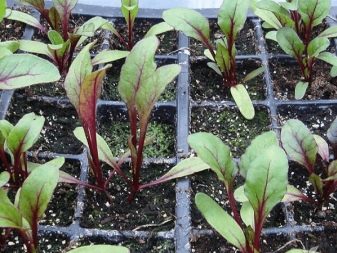
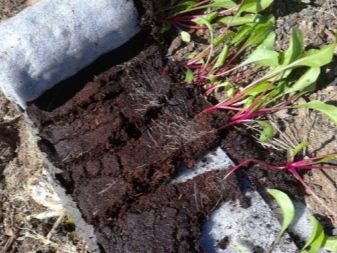
How to properly plant in open ground?
Planting beet seedlings is the ideal solution for those looking for an early harvest.... When about 4 leaves are formed on the plants, they can be planted in open ground. The site is pre-dug up, all the necessary dressing is introduced into it. Beets like loose soils, so you can add a little peat to make the earth more free-flowing. The landing itself looks like this.
- The first step is to dig out the grooves. The depth of the trenches should correspond to the diameter of the seedling root system. The grooves are spaced 25 cm apart.
- Sprouts can be located at different distances... If the beets are small, then the distance between the seedlings is 5 cm, and if large root crops are expected, then the distance is doubled. Planting scheme per square meter - no more than 50 sprouts.
- Planted sprouts are well watered from a watering can... If it's cool outside, you can stretch a film shelter on top.
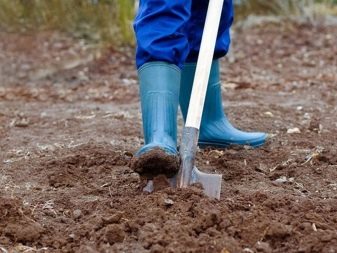
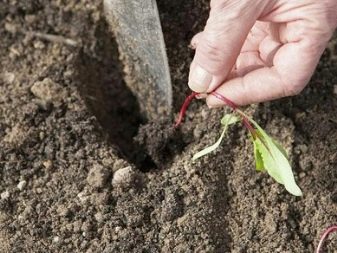
Follow-up care
Seedlings planted in the garden will not require a lot of time from the gardener. To grow a good crop, you only need to adhere to a few basic rules.
Watering and loosening
Beet seedlings need fairly frequent watering. Irrigate the beds as soon as the topsoil has dried. Watering seedlings from a watering can. However, the weather conditions must also be taken into account. If it rains constantly, watering should be stopped, because excess water will lead to the development of fungi and rot. But if the summer is too hot and there is no way to constantly water, then it is worth mulching the plantings.
The next day after irrigation, the soil is superficially loosened, weeded from weeds. Thus, it will be possible to get two bonuses at once: oxygen is supplied to the roots, and weeds do not attract pests.
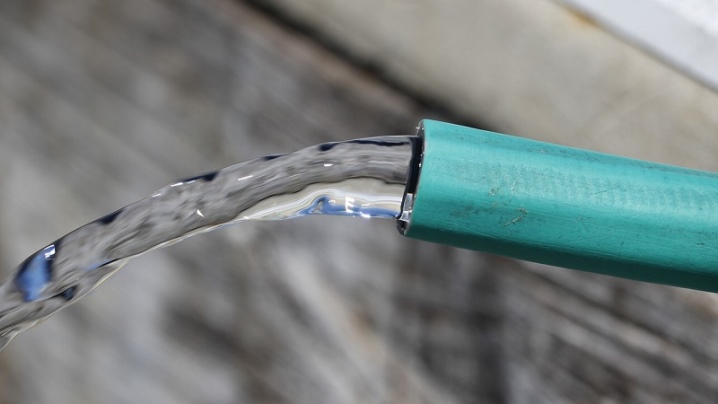
Top dressing
Beets respond very well to feeding, so they gain immunity and give sweeter root crops... The first feeding is always nitrogen. It is introduced at the initial vegetative stages. As a fertilizer, an infusion of nettle or other weeds is usually used. When the tops begin to close together, the plants need phosphorus and potassium. These items can be purchased at gardening stores. Everything is bred according to the instructions, and instead of water, you can take mullein infusion.
In addition, at least once a season, the beets must be fed with boron. Foliar top dressing, boric acid is used for it. And to make the fruits sweeter, sodium nitrate is used. A tablespoon of the drug is enough for a bucket of water.
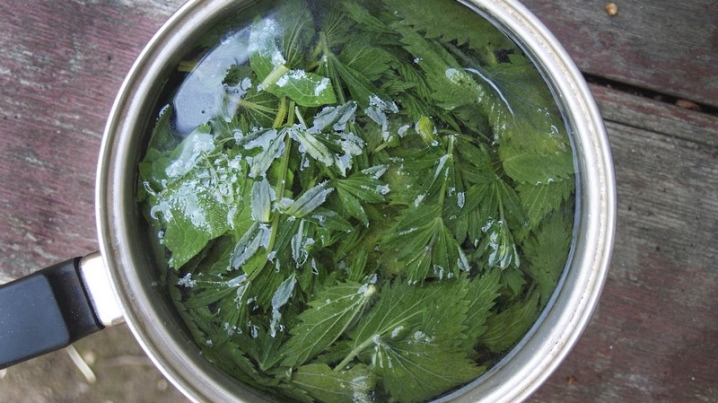
Diseases and pests
With improper care and unstable conditions, beet seedlings can suffer from some diseases. The most dangerous ailment is rotting of the root collar. Its second name is black leg. The plant withers quickly, the stem begins to turn black. It is impossible to save a culture affected by a black leg. Such specimens are simply dug up and burned. The rest of the plants are treated with Fitosporin. The soil is spilled with potassium permanganate, but if possible, it is better to transplant the seedlings to another area altogether. As a preventive measure, compulsory pre-sowing treatment of seeds, spilling the soil with wood ash are carried out. It is very important to follow the rules of crop rotation and loosen the soil in a timely manner.
In addition to the black leg, seedlings can be affected by peronosporosis, as well as spotted foliage. Both diseases cause plaque on the leaf plates, which makes them dry, turn yellow, wither, and begin to curl into tubes. The plant slows down in growth, withers, and sometimes dies. To combat ailments, copper-containing preparations are used. They have to be diluted in water according to the instructions, and then applied to the plants with a spray bottle. Drug treatments are carried out every 7 days until the culture is completely recovered. As for pests, weevils, aphids, bedbugs can parasitize beets. Insecticide "Decis" will help from weevils, it is quite possible to scare off aphids with any pungent odor. Tobacco dust, infusion of garlic are very good here. If there are few insects, they are removed by the pressure of water. Bedbugs are destroyed with insecticides.
Most diseases and pest attacks can be avoided by following simple preventive measures:
- choose varieties that are resistant to diseases;
- remember about crop rotation - you cannot grow beets for several years in the same place;
- dig up the area well in the fall, as fungi and many pests remain in the ground;
- rid the seedlings of weeds, because, for example, a bug, for example, initially starts only there;
- do not overfill plants so as not to provoke fungal diseases;
- be sure to treat the seeds with disinfectants before planting.
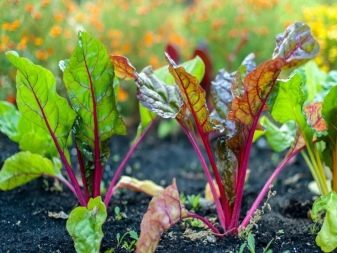
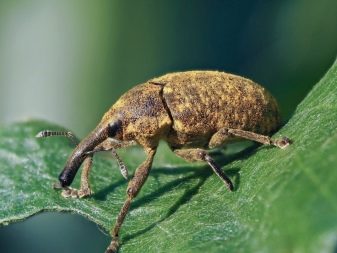











The comment was sent successfully.